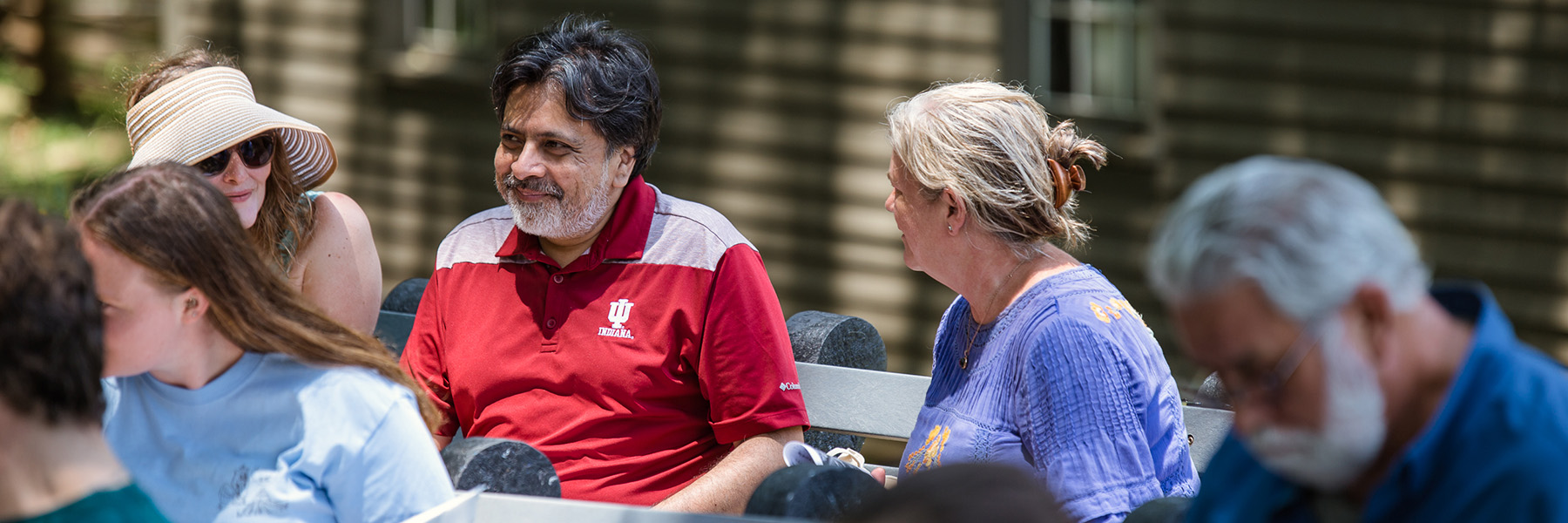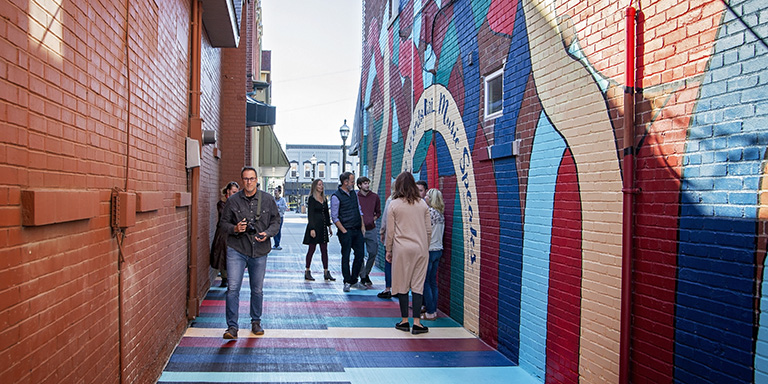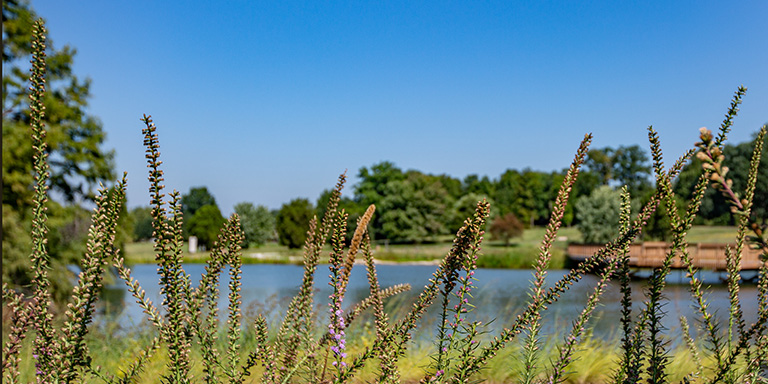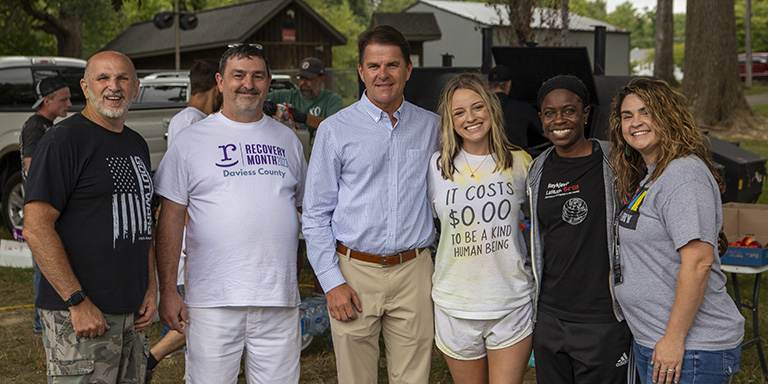The Center for Rural Engagement at Indiana University Bloomington brings together people, research, cultural assets, and expertise to improve quality of life and address challenges in rural Indiana.
Together with our partners, we have become a national model for how universities can support the needs and futures of rural residents and communities.





